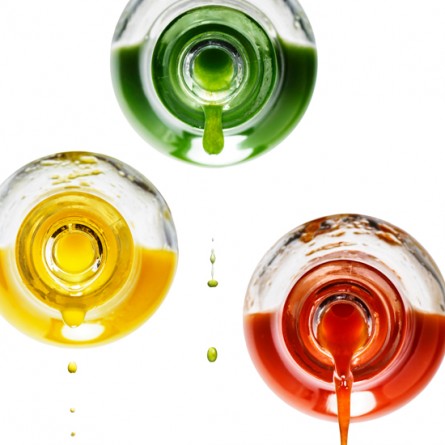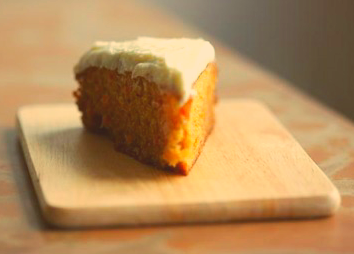Ingredients
1 pound stemmed fresh chiles (such as jalapeño, serrano, Fresno, or habanero; use one variety or mix and match)
2 tablespoons kosher salt
1 1/2 cups distilled white vinegar
Preparation
Pulse chiles and kosher salt in a food processor until a coarse purée forms. Transfer to a 1-qt. glass jar, loosely screw on lid, and let stand at room temperature for 12 hours to ferment slightly.
Stir in vinegar and loosely screw on lid. Let chile mixture stand at room temperature for at least 1 day and up to 7 days. (Taste it daily; the longer it sits, the deeper the flavor becomes.)
Purée mixture in a food processor or blender until smooth, about 1 minute. Place a fine-mesh sieve inside a funnel. Strain mixture through sieve into a clean glass bottle. (Hot sauce will become thinner and may separate after you strain it; shake vigorously before each use.)
Notes
1. Chiles
This is perhaps the most important part: What kind of chiles do you like? Buy a bunch and try them. Nibble the tip, see how powerful they are and where the spice hits you (the tip of your tongue? the back of your throat?), and what other flavors they have. Then, once you know what you like, use those chiles.
Of course, it gets more complicated than that. You can roast or smoke chiles to alter their flavors or soften thick skins, which is particularly good for green chiles, since they tend to turn brown after being puréed. Cooking chiles mellows their heat, too; conversely, leaving them raw and including the ribs and seeds (but not the tough, bitter stems) gives you the full brunt of their power.
2. Acid
An acid is going to help draw out flavor, preserve the ingredients, and turn it into something you could truly call a sauce. The standard is 5% white vinegar. If you’re not concerned with creating a shelf-stable product, there are tons of other vinegars out there to play with. (I’m a big fan of the sweetness that apple cider vinegar brings.) Beyond vinegars, there are also citrus juices to add – but you shouldn’t cook them. Either add them at the end to complement a vinegar or use them in a raw sauce.
3. Aromatics
For some, aromatics such as carrots, onions, garlic, and ginger may be optional, but they contribute that garden-fresh flavor they’re after. They also tend to require some cooking, both to bring out their sweetness and temper either their texture or their raw power.


